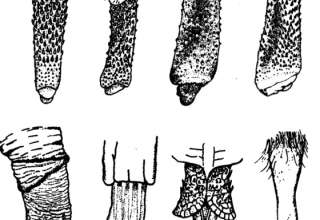Chief executive of the English FA, Mark Bullingham, said: “This updated heading guidance is an evolution of our current guidelines and will help coaches and teachers to reduce and remove repetitive and unnecessary heading from youth football.”
The rule change follows research published by the University of Glasgow which concluded that professional footballers are more likely to die of degenerative brain diseases and five times more likely to die of Parkinson’s disease.
While there are no direct links between the findings and heading the ball specifically, the FA said the guidelines are there to “mitigate against any potential risks.”
The news was welcomed by campaigner Dawn Astle who has pushed for the football authorities to restrict the heading of footballs at all levels of the game.
Dawn believes the guidelines are “really sensible” as these early steps are vital if we are to avoid exposing children’s brains to trauma.
Jeff Astle, Dawn’s father, was a professional footballer who died of chronic traumatic encephalopathy in 2002. A coroner ruled that his condition had been caused by the repeated heading of a football.
Professor Willie Stewart, the lead academic on the FIELD study into neurodegenerative disease, also welcomed the move but said ultimately the game’s governing bodies must go further.
“A lot more research is needed to understand the factors contributing to increased risk of neurodegenerative disease in footballers,” he said.
“Meanwhile, it is sensible to act to reduce exposure to the only recognised risk factor so far. As such, measures to reduce exposure to unnecessary head impacts and risk of head injury in sport are a logical step.”
Dr Carol Routledge, director of research at Alzheimer’s Research UK, also said: “limiting unnecessary heading in children’s football is a practical step that minimises possible risks, ensuring that football remains as safe as possible in all forms.”








